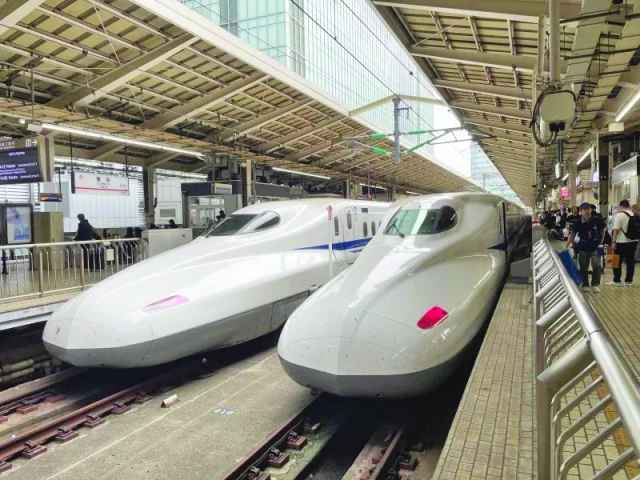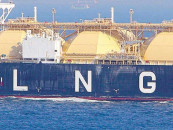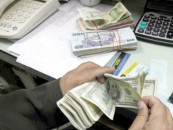Punjab's bullet train dreams derailed by ground realities
Experts term bullet train 'virtually impossible'

The Punjab government's plan to operate Pakistan's first bullet train between Lahore and Rawalpindi appears far from reality, as senior railway officials term the idea a "dream" given the country's outdated rail infrastructure and immense financial requirements.
According to details, while Punjab's leadership is eager to introduce a fast rail system, a complete overhaul of tracks, stations, signals, coaches, engines and supporting systems would be required even for a high-speed train, let alone a bullet train.
Officials said the current railway infrastructure is not capable of supporting speeds over 100 km/h.
"It's a dream," a senior railway official, speaking on the condition of anonymity, said.
They pointed out that the cost per kilometre for a bullet train project was exorbitant, as it would require $40 million per km if executed by an American company, and $1720 million per km for Chinese companies.
Railway officials have nonetheless drafted various proposals for a high-speed alternative. Federal Minister for Railways Hanif Abbasi, in a conversation with The Express Tribune, confirmed the ambition. "We already have coaches that could support high-speed travel, but the tracks are not compatible," he said.
"However, we are determined to execute this project. After consultations with Chief Minister Punjab Maryam Nawaz, our target is to reduce travel time between Lahore and Rawalpindi to 2.5 hours. Punjab will fund the project."
The 280-kilometre route, however, presents multiple challenges as several insiders are not optimistic.
Experts say even marginal speed improvements would require massive investment, potentially ranging between Rs200 billion and Rs300 billion, and years of development.
Currently, the fastest service, Pakistan Railways' Green Line, takes 4 to 4.5 hours to complete the journey. Other trains take 5 to 5.5 hours.
Officials point out that the Lahore-Rawalpindi track was curvy and uneven, with steep inclines and declines that make high-speed travel unsafe. There are also three bridges on the route that would need complete reconstruction to support the required velocity.
"We don't even have engines or coaches fit for a bullet train. Forget bullet trains, even improving average speeds will need hundreds of billions and a proper plan, a senior railway official explained further.
He said that bullet trains required new systems entirely, as seen in Japan, China and select European countries where speeds range between 200 to 500 km/h, and even more today. He added that while nothing is "impossible," the country must be realistic. Even in the United States, no full-fledged bullet train network exists. Instead, a high-speed system could be a viable and relatively affordable alternative. He also noted that work on Main Line-1 (ML-1) – a vital infrastructure project has been stalled since 2015.
"If ML-1 is completed, we won't even need a bullet train. That's the key. Everything would need to be built from scratch for a bullet system. Given the cost, we should seriously engage China to complete ML-1. It's the best option right now," he added.
The projected ticket price for a bullet train also raises affordability concerns. The fare could exceed Rs15,000 to Rs20,000 per passenger, making it inaccessible for most travellers.
He compared it with Saudi Arabia's Haramain High Speed Railway, which costs 130 to 220 Saudi Riyals (roughly Rs10,000 to Rs18,000), a rate made viable through heavy government subsidies. In Europe, bullet train fares are often twice as expensive as regular trains.




















COMMENTS (2)
Comments are moderated and generally will be posted if they are on-topic and not abusive.
For more information, please see our Comments FAQ